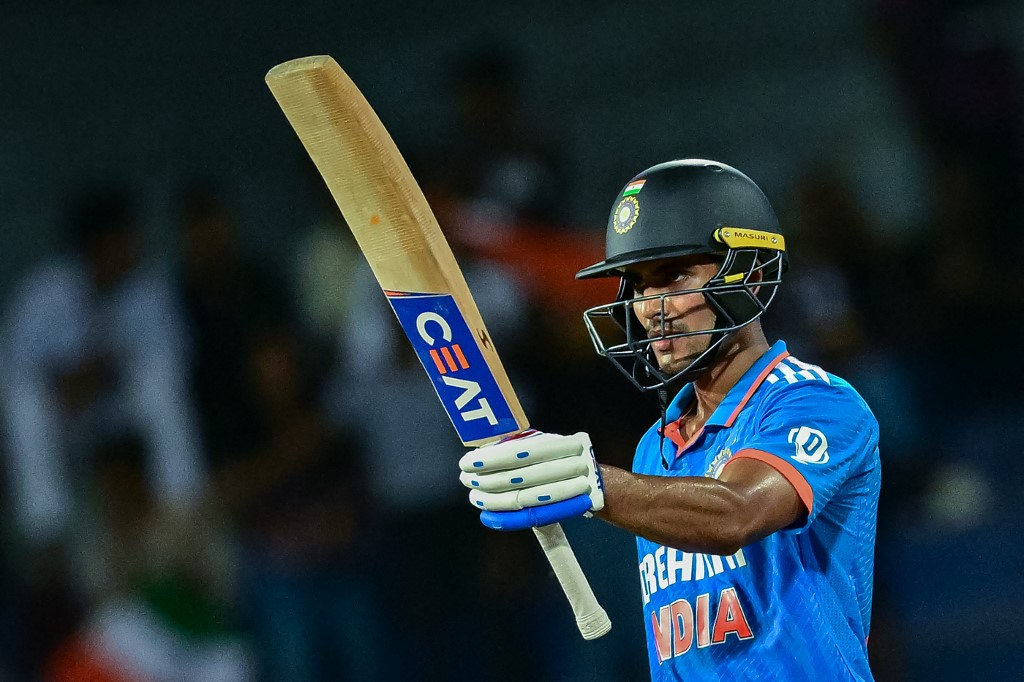there was an alarming increase in the presence of slow-moving vehicles, petitioner said.
New Delhi:
The Delhi High Court has directed the traffic police to ensure rigorous enforcement of the ban on slow-moving vehicles on expressways, saying an oversight could culminate in tragic consequences including casualties.
A bench headed by Chief Justice Satish Chandra Sharma, in an order released on Tuesday, observed that adherence to traffic norms was not merely a matter of law but a necessity in order to safeguard travellers as well as to facilitate unhindered vehicular flow, and that the inherent vulnerability of slow-moving vehicles like two-wheelers, three-wheelers and tractors amplify the risk on expressways.
Emphasising that road safety demands unwavering attention and collective efforts by authorities and the public, the court ordered, “Respondent No. 3 [Deputy Commissioner of Police, (Traffic), South -West] is directed to ensure rigorous enforcement of existing prohibitions … pertaining to the movement of slow-moving vehicles on expressways, especially within the territorial confines of the NCT of Delhi.” The bench, also comprising Justice Sanjeev Narula, added that regular monitoring and prompt corrective action should be taken by the authorities whenever deviations from the prescribed norms are observed.
“Expressways, in the tapestry of modern infrastructural advancements, are arteries of swift movement, designed to bridge distances with unprecedented speed. The inception of these roads was envisioned for swift-moving vehicles to alleviate traffic congestion and provide a faster, more efficient mode of transport,” said the court in the order.
It, however, refused to direct demarcation of specific lanes for slow-moving vehicles on expressways and left it to discretion of the government and the relevant departments, saying the “proposition is laden with complexities” and “deeply entrenched in policy considerations.
“As a judicial body, we must refrain from delving into areas earmarked for executive and policy-making functions. The relevant government departments should exercise their discretion, underpinned by expert assessments, to determine the feasibility and safety implications of such initiatives,” the court stated.
In its order, the court also said while it was “fully conscious” that the management of traffic resided with the executive, the judiciary’s role could not be eclipsed when the citizens have invoked their right to a safer transit environment, a right intrinsically linked to the broader right to life and personal liberty.
Petitioner Yuvraj Francis, represented by advocate Naman Joshi, approached the court on the basis of his personal experiences of commuting on the Delhi-Gurugram Expressway since 2011.
He said there was an alarming increase in the presence of slow-moving vehicles, which not only led to a multitude of accidents but also resulted in considerable loss of life and property damage.
Between the years 2017 and 2022, as per NHAI data, there were 31 fatalities on the Delhi-Gurugram Expressway due to slow-moving vehicles and 137 grave accidents, the court was told.
The court observed that the authorities acknowledge “the alarming frequency of accidents attributed to the ingress of slow-moving vehicles onto the expressway” and the issue was of enforcement and adherence with the existing norms.
“It is therefore evident that the regulatory framework has clear provisions prohibiting slow-moving vehicles on designated expressways. The issue.. is more of enforcement and adherence rather than the absence of regulations. While regulations concerning the movement of slow-moving vehicles on expressways, such as the Delhi-Meerut Expressway, are in place, it is evident that there is a gap in their practical execution,” the court noted.
“Adherence to traffic norms and road regulations is not merely a matter of law, but a paramount necessity to safeguard every individual using our expressways and to facilitate unhindered vehicular flow. Given the accelerated pace at which vehicles traverse these expressways, any oversight or disregard for the prescribed regulations could culminate in tragic consequences, manifesting in casualties, physical harm, and extensive property damage,” it said.
(Except for the headline, this story has not been edited by NDTV staff and is published from a syndicated feed.)


















